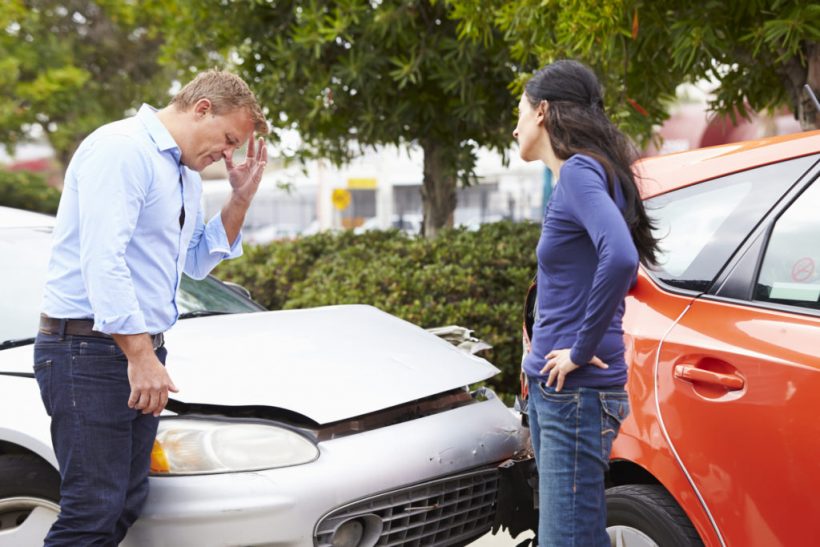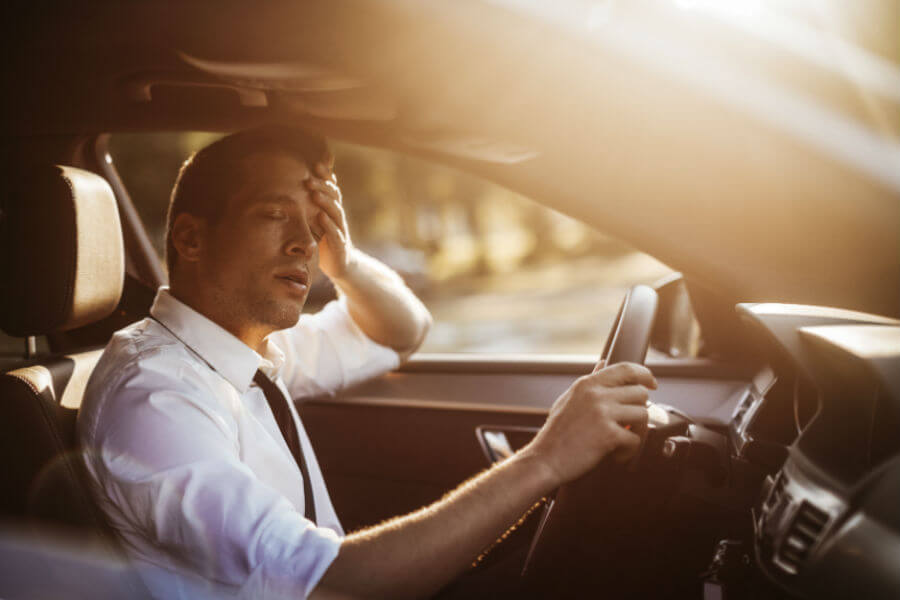Everybody wants and deserves a smooth journey that leads safely to their destination. It can be a scary and life-threatening experience if the negligence of another driver gets you into a car accident.
The word ‘negligence’ is a legal term that describes a careless act that causes harm to another party. Thus, driver’s negligence would refer to the inconsiderate actions of drivers in certain situations that could lead to the injury of another driver, pedestrian, or passenger. If you’re ever involved in an accident and not sure who’s at fault, this article is for you. Read on to find out ways to evaluate a driver’s negligence in a car accident.
1. The Scene Of The Accident

By looking at the exact spot of collision, you can quickly tell whether the at-fault driver was negligent. For instance, in a rear-end impact, you can argue that the accused wasn’t observant enough. And if the driver of the first car was observing speed limit guidelines, it can also suggest that the second driver was driving beyond the set maximum speed.
These are some of the things that attorneys look into when evaluating driver’s negligence. But there are more dynamics to damages than exemplified here. To get more insight into this approach to assessing carelessness, you can check this site.
2. The Duty of Care

The duty of care element suggests that every driver should exercise some degree of responsibility while on the road. You can, therefore, evaluate a driver’s negligence by examining if he was careful enough while driving.
There are certain yardsticks to measure the carefulness or negligence of the driver. One may ask whether the driver was guilty of doing any of the following before and during driving:
- Drinking
- Applying makeup
- Getting distracted by a pet
- Smoking
- Texting or calling
- Eating
- Daydreaming
- Or even something as subtle as changing the radio channel
These activities take away the attention of the driver from the road. As such, drivers won’t spot potential dangers in good time and respond appropriately. Their response can be anything from slowing down to slightly swerving. Furthermore, these are things that can wait until the driver reaches the destination. For instance, drivers don’t need to apply makeup while on the road. It beats logic as to why they should risk lives for something so trivial. If a driver does any of the above and an accident occurs in the course of it, they’ll be guilty of the breach of duty of care.
In addition to this, various stretches of roads have speed limit advisories set by the highway authorities to curb road accidents. Such limits are there for a purpose. Perhaps the curvature of the road doesn’t support speeding beyond a given maximum. Therefore, any driver on such a section must stick to these limits. That’s their duty of care. If they willfully over-speed, they’re endangering everyone’s lives.
3. The Breach Of The Duty Of Care
Aside from proving that the driver was careless, you have to show how their actions directly caused property loss or injury. The most common proof, in this case, is a damaged vehicle. It’s easy to relate the car damage to the accident. You can take pictures right at the accident scene and present them before the authorities.
Another evidence you can have is an injured body part. This is especially true if your arm got fractured during the collision. This is sure proof of the injuries suffered. However, the case may be different if you’ve already had an arm injury before the accident. If this is the case, you’ll have to prove how the latest accident worsened the already existing injuries.
4. The Causations
The causation refers to the things that caused the accident. In evaluating the causes of the accident, you have to check if the accident would’ve still occurred if the other party wasn’t there to cause it. Suppose you spot an overtaking vehicle on your lane. And you swerve a bit to the edge of the road to give it enough space to get back to its lane. But then, you hit a rock on the roadside and end up in a ditch. Mark you, the overtaking vehicle doesn’t hit yours. The question is: What exactly caused the accident? Is it the fault of the overtaking driver or yours?
5. Evidence Is Important
In establishing and evaluating a driver’s negligence, you have to be sure that there is solid and physical evidence. This proves your case and also ensures you get compensation for the losses suffered.
Some of these pieces of evidence could be both pictures and videos. It helps a great deal if you capture the damages of the car accident in a video. You may also secure CCTV footage from surrounding establishments. This will help prove your case without much argument.
Another great source of evidence is eyewitness reports. What are the observations of the people who were present during the accident? Usually, the observers have a more accurate account of the events since they’re neutral. They expressly state what they saw without any bias.

You also need to contact the mechanic and car repair workshop to work out the repair costs of your damaged vehicle. Your doctor should also project your total medical bills if you’re to undergo treatment at their facility. Finally, you have to count the number of hours you spend away from your job to estimate the amount of income lost.
Conclusion
In case of a collision, you need to evaluate whether or not the driver’s negligence played a role in the accident. It’ll help to seek compensation if you suffered damages. However, it must be proven beyond reasonable doubt that the accused was responsible for the damages.
You can prove negligence by establishing some of these facts: the driver was driving under the influence of drugs or alcohol, or driving while preoccupied with other activities like watching movies on their phone.
The physical impact of the collision on the car can also help evaluate negligence. Other factors to consider include the causation, and of course, the measure of damages incurred. Eventually, you’ll get compensation if your lawyer can prove that the driver was negligent and at fault during the accident.

